In 1775, Connecticut Governor Jonathan Trumbull proposed a fortification at the port of New London, situated on the Thames River and overlooking Long Island Sound. The fort was completed two years later. In 1781 Fort Trumbull was attacked and occupied by British forces under the command of the turncoat American General, Benedict Arnold. Barely a month later the Marquis de Lafayette exhorted American troops at a place called Yorktown, to “Remember New London”.
By the early 20th century, the Fort Trumbull neighborhood consisted of 90 or so single and multi-family working class dwellings, situated on a peninsula along the fringes of a mostly industrialized city center.

In 1996, chemists working at Pfizer Corporation’s research facility in England were studying compound UK-92, 480 or “Sildenafil Citrate”, synthesized for the treatment of thoracic circulatory conditions.
Study subjects were expected to return unused medication at the end of the trial. Women showed no objection but a significant number of male subjects refused to give it back. It didn’t take long to figure out what was happening. The chemical compound had revealed itself to be useful in other ways, a substance we now know by the trade name, “Viagra”
For the newly divorced paramedic Susette Kelo, the house overlooking the Fort Trumbull waterfront was the home of her dreams. Long abandoned and overgrown with vines, the little Victorian cottage needed a lot of work, but where else was she going to find a waterfront view at such a price?
The year was 1997. Republican governor John Rowland was eager for a victory in deep blue Connecticut and looked to New London, to shore up his political base. Reluctant to share the limelight with New London democrats the administration helped to resurrect the long-dormant New London Development Corporation (NLDC) to revitalize the city’s waterfront.
Meanwhile on her days off, Susette Kelo sanded her floors on hands and knees as Pfizer Corporation, already occupying the largest office complex in the city, eagerly anticipated a cataract of new business based on this latest chemical compound.
The NLDC recruited the company to become the principal tenant in a new “World Class” multi-use waterfront campus overlooking the harbor including high-income housing, hotels, shopping and restaurants, all of it centered around a 750,000 sq. ft. corporate research facility.

Connecticut College professor and NLDC President Dr. Claire Gaudiani liked to talk about her “hip” new development project. Fort Trumbull residents were convinced that stood for “High Income People”. With an average income of $22,500, that didn’t include themselves.
Most property owners agreed to sell, though not exactly “voluntarily”. The reluctant ones were harassed including late-night phone calls, waste dumped on properties and tenants locked out of apartments during cold winter weather.
Seven homeowners holding fifteen properties refused to sell, at any price. Wilhelmina Dery was in her eighties. She was born in her house and she wanted to die there. The Cristofaro family had lost another New London home in the 1970s, taken by eminent domain during yet another “urban renewal” program. They didn’t want to lose this one, too.

In 2000 the New London city council voted to authorize the NLDC to use eminent domain to condemn the property, of those who refused to sell. The day before Thanksgiving, Susette Kelo came home from work to find an eviction notice taped to her door.
Letters were written to editors and protest rallies were held, as NLDC and state officials literally began to bulldoze homes. Holdout property owners were left trying to prevent personal injury and property damage, from flying demolition debris.
Facing a prolonged legal battle which none of the homeowners could afford, the group got a boost when the Libertarian law firm Institute for Justice took their case, pro bono. There was cause for hope. Retired homeowner Vera Coking had faced a similar fight against the future President Donald Trump’s development corporation back in 1993 when the developer and Atlantic City New Jersey authorities attempted to get her house condemned, to build a limo lot.

Eminent domain exists for a purpose, but the most extreme care should be taken in its use. Plaintiffs argued that this was not a “public use”, but rather a private corporation using the power of government to take their homes for economic development, a violation of both the takings clause of the 5th amendment and the due process clause of the 14th.
Vera Coking won her case against the developer, and the municipality. The casino itself later failed and closed its doors. New London District Court, with Susette Kelo lead plaintiff “split the baby”, ruling that 11 out of 15 takings were illegal and unconstitutional. At that point, the ruling wasn’t good enough for the seven homeowners. They had been through too much. They would all remain, or they would all go.
Connecticut’s highest court reversed the decision, throwing out the baby AND the bathwater in a 3-4 decision. By this time Governor Rowland had been removed from office, convicted of corruption and sentenced to a year and a day in prison plus four months of house arrest, three years probation and community service.
No matter, Rowland had served his purpose. The case was now beyond Connecticut politics. Seven justices of the United States Supreme Court then in attendance heard the case on February 22, 2005.
Chief Justice William Rehnquist was then recuperating at home from medical treatment and Associate Justice John Paul Stevens was delayed in Florida and unable to return to return to Washington, DC. All nine justices would weigh in on the final decision.
SCOTUS ruled in favor of the city in a 5-4 decision, Justices Stevens, Kennedy, Souter, Breyer and even that celebrated social justice warrior Ruth Bader Ginsburg concurring in a vote to throw a working class woman, out of her home.

Seeing the decision as a reverse Robin Hood scheme which would steal from the poor to give to the rich, Sandra Day O’Connor wrote “Any property may now be taken for the benefit of another private party, but the fallout from this decision will not be random. The beneficiaries are likely to be those citizens with disproportionate influence and power in the political process, including large corporations and development firms“.

Clarence Thomas took an originalist view stating that the majority opinion had confused “Public Use” with “Public Purpose”. “Something has gone seriously awry with this Court’s interpretation of the Constitution“, Thomas wrote. “Though citizens are safe from the government in their homes, the homes themselves are not“. Antonin Scalia concurred, seeing any tax advantage to the municipality as secondary to the taking itself.
In the end, most of the homes were destroyed or relocated. State and city governments spent $78 million and bulldozed 70 acres. The 3,169 new jobs and $1.2 million in new tax revenue anticipated from the waterfront development, never materialized. Pfizer backed out of the project moving 1,400 existing jobs to a campus it owns in nearby Groton. The move was completed around the time when tax breaks were set to expire, raising the company’s tax bill by 500%.
Susette Kelo sold her home for a dollar to Avner Gregory, a preservationist who dismantled the little pink house and moved it across town. A monument to what Ambrose Bierce once called “A strife of interests masquerading as a contest of principles. The conduct of public affairs for private advantage”.
By 2011, the now-closed redevelopment area had become a dumping ground for debris left by Hurricane Irene. The only residents were weeds, and feral cats.

Ten years after the debacle the company is in the news, yet again. The December 2021 CNBC headline informs us: “Pfizer CEO says fourth Covid vaccine doses may be needed sooner than expected due to omicron“. Two months later the same outlet reported “Pfizer expects $54 billion in 2022 sales on Covid vaccine and treatment pill“. That’s pretty good work. If you can get it.
In the decade since it all began revitalization amounted to the cube root, of zero. In 2019, local wags took to planting fruit trees and vegetables where working class homes, once stood. A sign posted on social media read, “A gift to the people, reclaiming land stolen by corporate greed.” These latter-day daughters and sons of liberty might have added the two words, “…and government“.



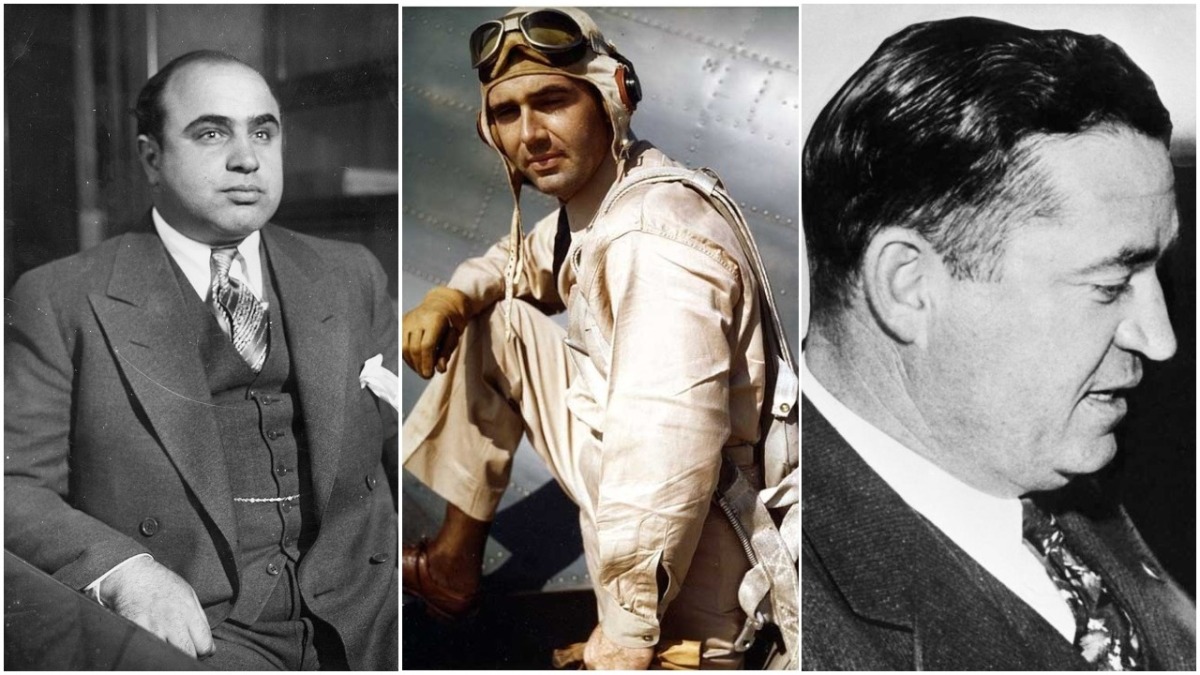































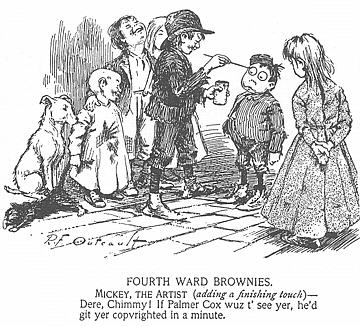

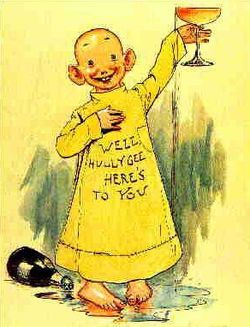


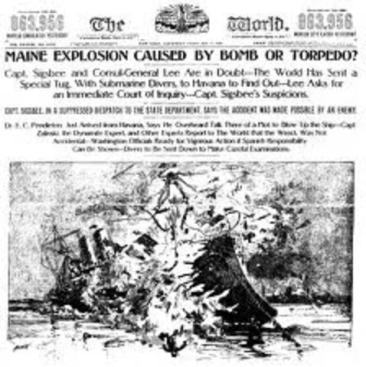

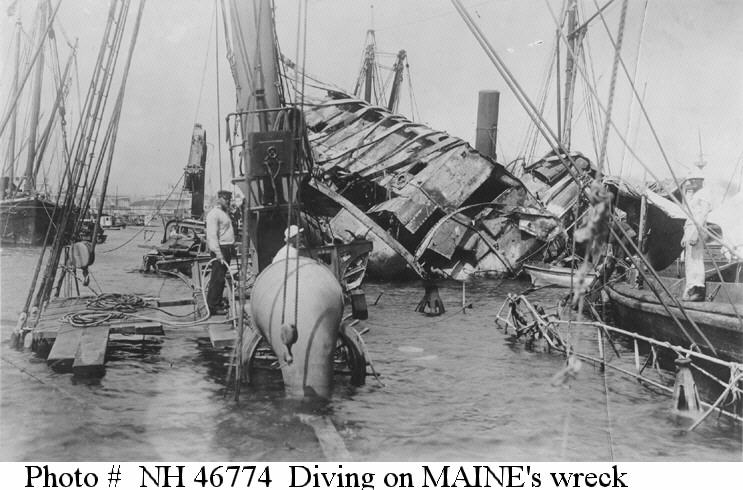














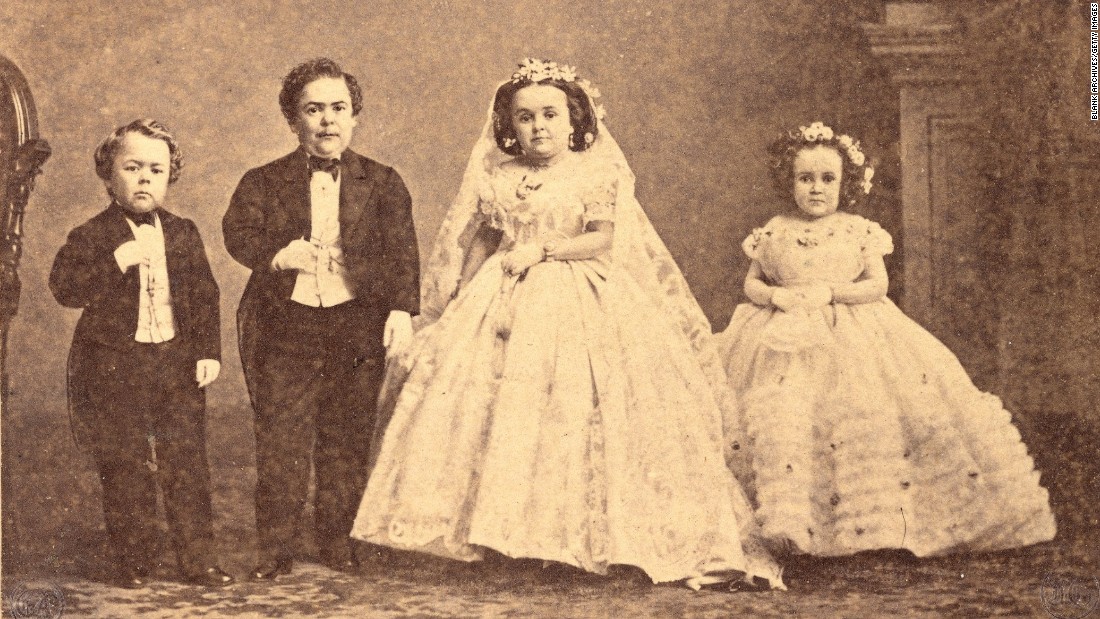

























You must be logged in to post a comment.